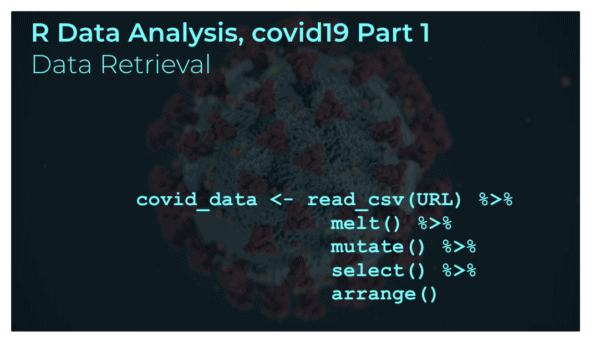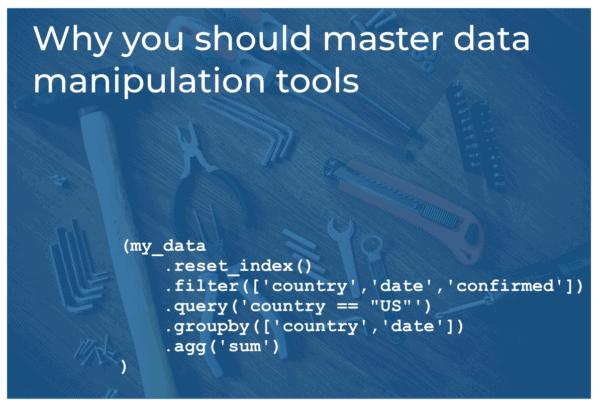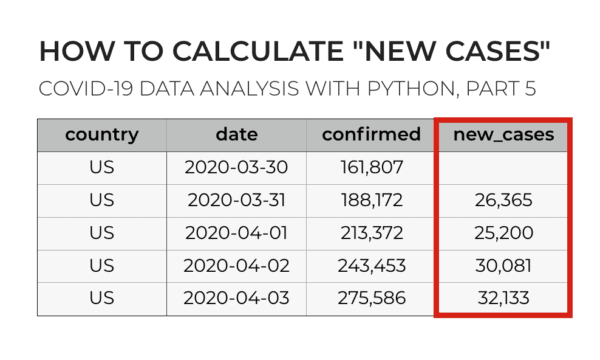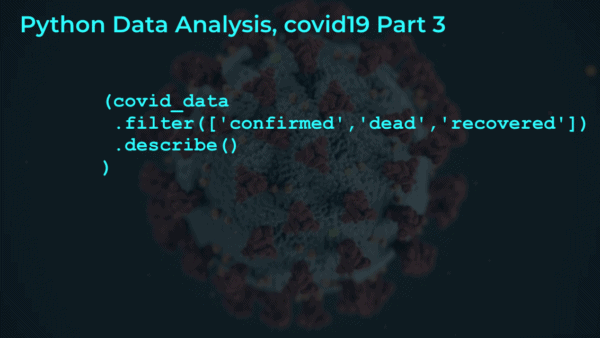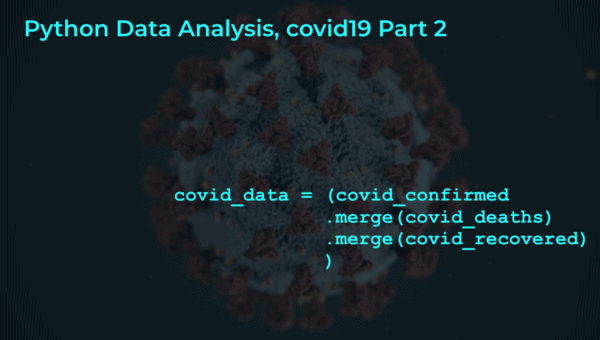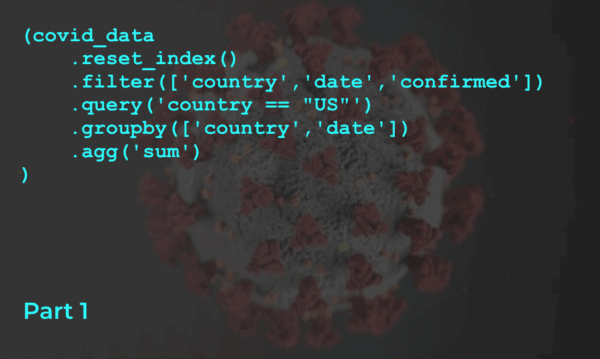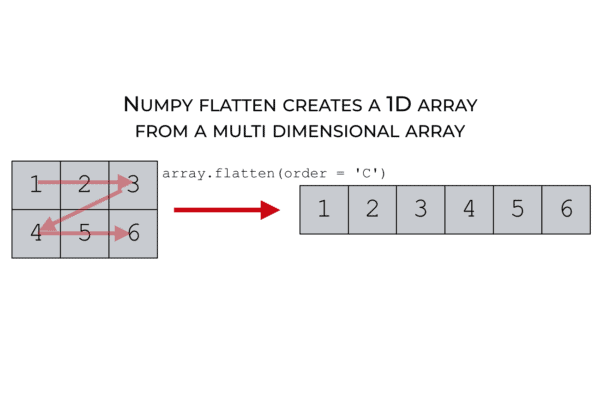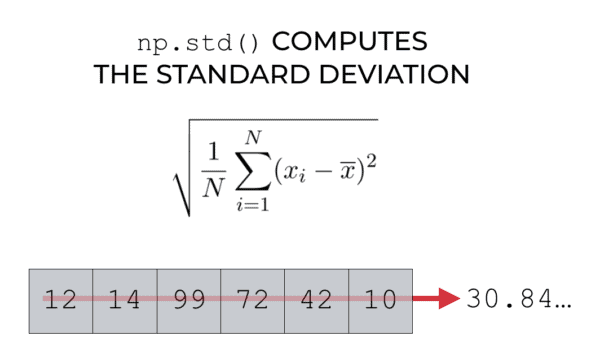R Data Analysis: covid-19, part 2 [merge datasets]
This tutorial is part of a series of R tutorials analyzing covid-19 data. For part 1, see the following post: https://www.sharpsightlabs.com/blog/r-data-analysis-covid-19-part1-data-wrangling/ Covid19 analysis, part 2: merge datasets In this tutorial, we’re going to set up a process that will enable us to retrieve and wrangle some necessary covid19 datasets … data that we’ll need for … Read more
